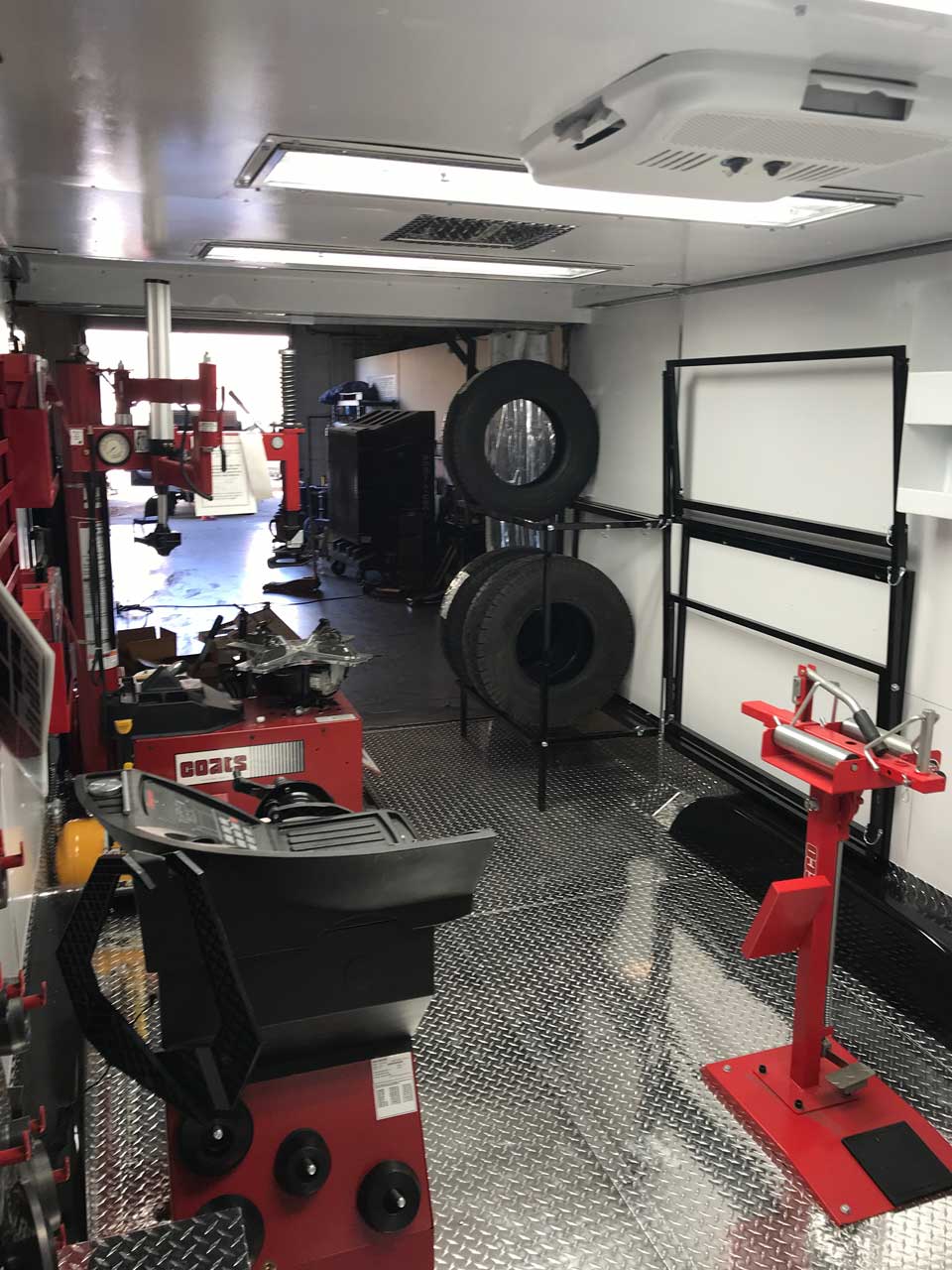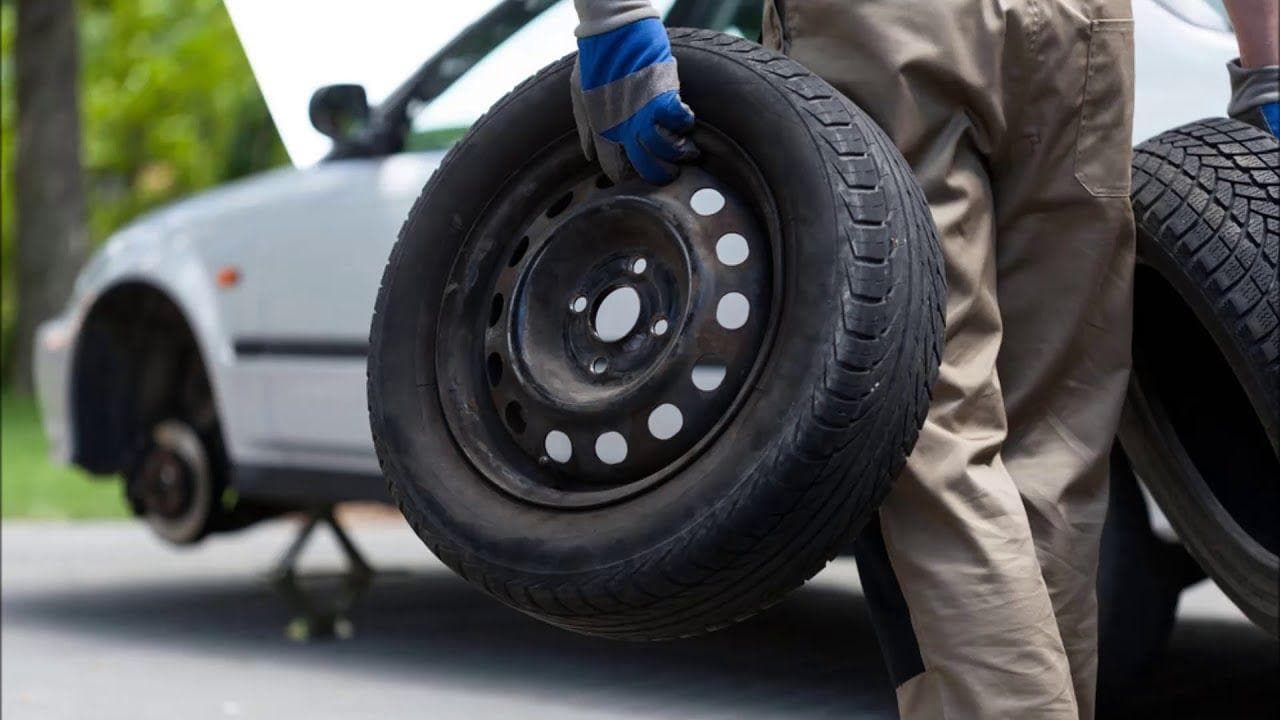Effective Flat Tire Repair Las Vegas - Mobile Help
Effective Flat Tire Repair Las Vegas - Mobile Help
Blog Article
Tire Solution: Proven Techniques for Ideal Tire Upkeep and Care
Maintaining optimal tire problem is extremely important for both safety and efficiency of any type of car. From guaranteeing proper tire stress to normal turning and placement, there are proven approaches that can significantly prolong the lifespan of your tires and enhance general driving experience. As we discover the intricacies of tire treatment and upkeep, we will certainly uncover crucial guidelines that every automobile proprietor should comply with for the finest feasible outcomes. Let's look into the world of tire solution and discover the secrets to maintaining your tires in excellent form for the long haul.
Value of Tire Stress
Correct tire pressure is a crucial factor in making certain optimal automobile performance and safety and security on the road. Maintaining the advised tire pressure degrees provided by the producer offers many benefits. Appropriate tire pressure promotes much better fuel efficiency, as under-inflated tires can lead to boosted rolling resistance, creating the engine to work more difficult and consume more gas. Second of all, correct tire stress guarantees even step wear, improving tire durability and saving money in the long run by delaying the requirement for premature substitutes. Additionally, correctly pumped up tires contribute to improved handling and stopping abilities, vital for safe driving in different road problems. Over-inflated tires, on the other hand, can lead to minimized traction and a harsher ride. On the other hand, under-inflated tires are vulnerable to overheating, which can lead to blowouts and mishaps. On a regular basis adjusting and examining tire pressure, specifically eventually trips, is a basic yet efficient way to boost vehicle performance, extend tire life-span, and prioritize safety and security on the road.
Tire Rotation Standards
When considering tire turning guidelines, it is vital to understand the significance of this upkeep job in making best use of tire life-span and keeping ideal vehicle efficiency. Tire turning entails transforming the placement of each tire on a lorry to make certain even tread wear. Front tires have a tendency to use quicker than rear tires due to steering pressures, making normal turning critical for well balanced wear patterns. The recommended rotation pattern differs depending on whether a lorry is front-wheel, rear-wheel, all-wheel, or 4x4. Commonly, tires need to be turned every 5,000 to 7,500 miles, or as recommended in the lorry guidebook. Overlooking tire turning can result in unequal wear, impacting handling, traction, and potentially compromising lorry safety. By sticking to proper turning guidelines, drivers can extend the life of their tires, improve gas performance, and boost general driving experience. Regular rotation is an easy yet reliable maintenance method that adds substantially to tire durability and car efficiency.

Advantages of Wheel Placement
Guaranteeing appropriate wheel alignment after tire rotation is essential for maintaining balanced wear patterns and optimizing automobile efficiency. Furthermore, right wheel positioning aids to extend the life expectancy of your tires. Misaligned wheels can trigger unequal tire wear, leading to premature tire replacement and boosted upkeep costs.

Tire Tread Depth Inspect
Performing a routine examination of tire step depth is crucial for keeping secure driving problems and extending the life expectancy of your tires. The tread on your tires plays an important role in offering traction, particularly in unsafe or damp conditions. To inspect your go to this website tire step depth, you can utilize a walk depth gauge or the penny test. The recommended walk depth goes to the very least 2/32 of an inch. It is time to replace your tires to guarantee optimal efficiency and security on the road if the tread deepness is listed below this threshold. Irregular step wear can show problems with tire pressure, suspension, or placement, highlighting the value of routine tread deepness checks. Neglecting to keep an eye on and preserve appropriate tread deepness can result in decreased grip, longer braking distances, and a raised threat of hydroplaning. By including tire walk depth check out your regular maintenance timetable, you can drive with confidence understanding that your tires remain in leading condition.
Seasonal Tire Inspection
A comprehensive analysis of tire condition tailored to certain weather is vital for preserving optimal performance and safety and security throughout the year. Seasonal tire evaluation is an essential element of tire maintenance that makes certain tires prepare to deal with the difficulties posed by various climate condition. To prepare for wintertime, it is vital to inspect the tire stress on a regular basis as cool temperature levels can cause tire pressure to go down. Examining tire walk depth is also crucial to make sure sufficient grip on snow and frozen roads. Additionally, checking for signs of wear and tear, such as fractures or bulges, can assist avoid prospective tire failures. As the periods adjustment, it is essential to examine tire condition and make any kind of needed modifications to assure safe driving. By carrying out routine seasonal tire evaluations, drivers can prolong tire life expectancy, enhance fuel effectiveness, and most significantly, ensure a safe driving experience you can try these out in differing weather condition conditions - Mobile Tire Replacement Las Vegas.
Conclusion
Finally, preserving proper tire pressure, revolving tires regularly, lining up wheels appropriately, keeping an eye on step depth, and conducting seasonal inspections are vital practices for optimal tire treatment. By adhering to these verified techniques, motorists can guarantee their tires last longer, carry out useful source much better, and add to total automobile safety. It is important to prioritize tire upkeep to stop accidents, boost fuel effectiveness, and lengthen the life expectancy of tires.
Ample tire pressure advertises far better gas efficiency, as under-inflated tires can lead to enhanced rolling resistance, triggering the engine to function harder and eat more fuel.When considering tire turning guidelines, it is necessary to understand the importance of this upkeep job in maximizing tire lifespan and preserving optimum car performance. Seasonal tire examination is an essential facet of tire maintenance that makes sure tires are all set to face the obstacles positioned by different climate conditions. By performing routine seasonal tire examinations, drivers can prolong tire lifespan, boost fuel efficiency, and most importantly, make certain a secure driving experience in varying weather conditions.
In conclusion, keeping appropriate tire stress, rotating tires consistently, lining up wheels properly, keeping an eye on walk deepness, and performing seasonal evaluations are important techniques for ideal tire care.
Report this page